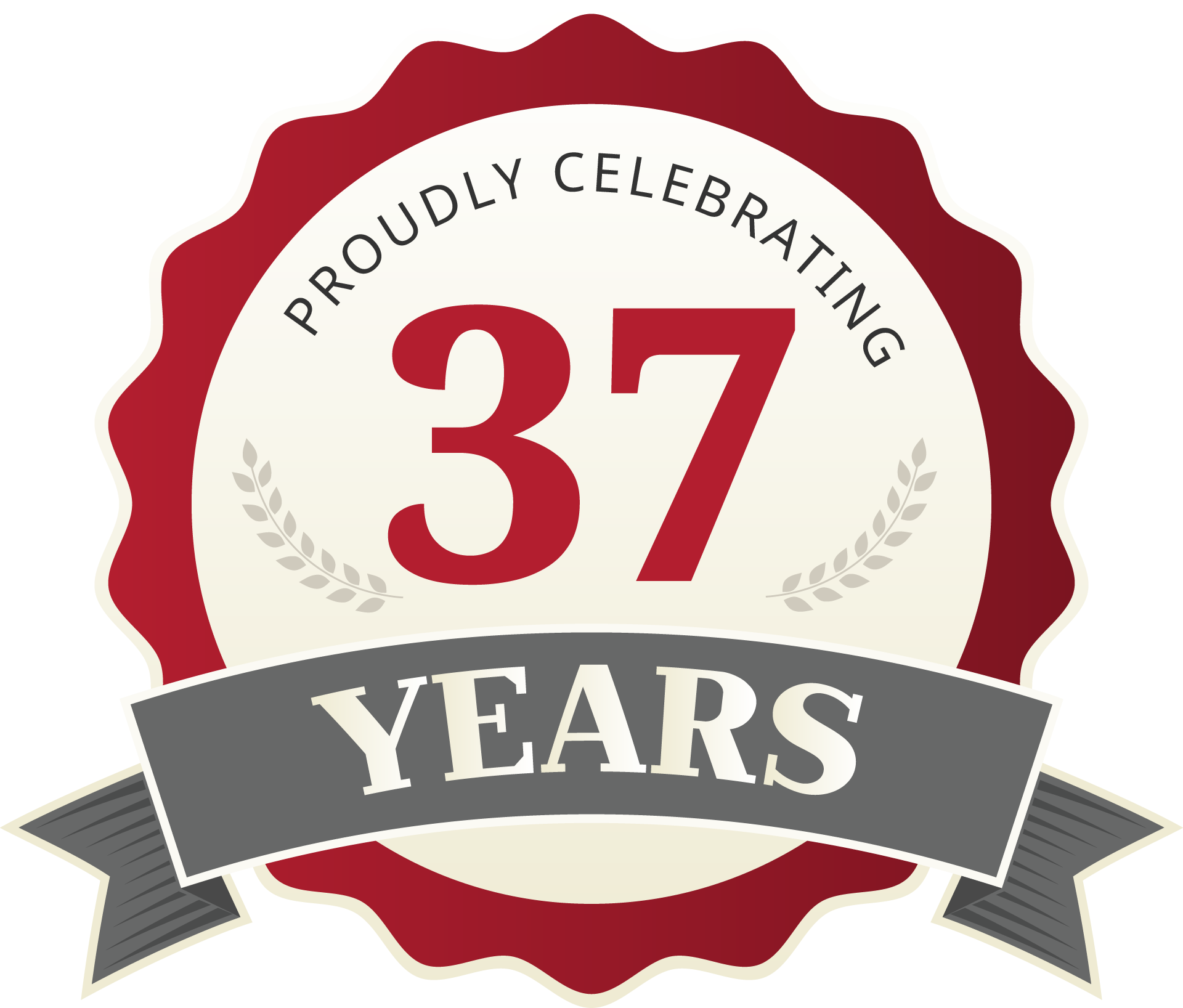 If you’ve recently noticed low airflow from your furnace, it’s time for furnace repair in Athens, GA. We understand that something like this might not seem like a big deal: the furnace is still running and the air is still coming out, right? However, low airflow is a usually the symptom of another, larger issue.
If you’ve recently noticed low airflow from your furnace, it’s time for furnace repair in Athens, GA. We understand that something like this might not seem like a big deal: the furnace is still running and the air is still coming out, right? However, low airflow is a usually the symptom of another, larger issue.
There are multiple things that can cause low airflow, so it is important that you schedule a visit with an HVAC professional who can accurately diagnose and correct the problem before it comes worse. Letting your system run with low airflow can also lead to a wide array of other issues, leaving you with an even costlier repair bill. For more insights on how neglecting furnace issues can escalate, check out our post on leaving heater repairs unresolved. Below, we will outline some of the potential causes of low airflow and explain why it’s such a big deal.
Causes of Low Airflow
There are many issues that could cause low airflow. Today we will be explaining three of the most common ones:
- Dirty Air Filter: When your system’s air filter becomes too clogged, airflow in and out of the furnace is restricted. The best thing that you can do for your furnace is have your air filter regularly checked and replaced. We recommend changing your filter every 1-3 months during the heating season.
- Ductwork Breaches: Properly sealed ductwork maintains the pressure of the air as it travels from the furnace to the vents. When there is a breach, air escapes and air pressure drops.
- Broken Air Handler: The air handler is the component of your furnace that contains the blower and motors that send warm air through the furnace and out into the duct system. Damaged motors and fans can cause a significant decrease in airflow.
Why Low Airflow is Problematic
The main reason that low airflow is a problem is that is means your system is inefficient. Your system will struggle to heat your home, therefore having to burn more fuel to do so.
In addition, low airflow can cause your furnace to short-cycle, which is when your system constantly turns on and off multiple times throughout the day. This occurs when hot air is trapped inside your system, causing it to overheat and shut down as a safety measure. Once it has sufficiently cooled down, your furnace will restart, repeating this process all over again. It takes a lot of energy for your furnace to begin the heat-cycle, so imagine how much energy is used and wasted when it is constantly doing so.
Lastly, continuing to run your system with an existing issue will only cause further damage, leading to costlier repair bills. For example, if your furnace starts blowing cool air instead of warm, it could signal a deeper issue. Learn more by reading our guide on why your furnace shouldn’t be blowing cool air.
Call a Professional
Our technicians here at Snellville Heating, Air, & Plumbing are here to help you with all your furnace troubles. So, if you experience low airflow or any other issue with your furnace, you know who to call. We also offer installation, replacement, and maintenance services to ensure efficiency and effectiveness for many years to come! If you’re unsure whether your system will make it through the season, you might also want to read our article on preparing your HVAC system for winter.



